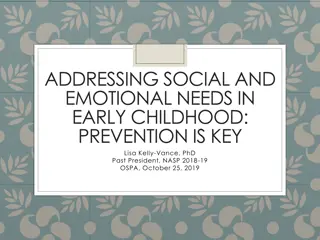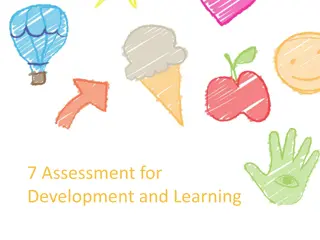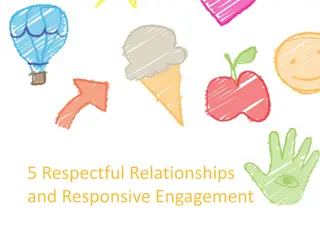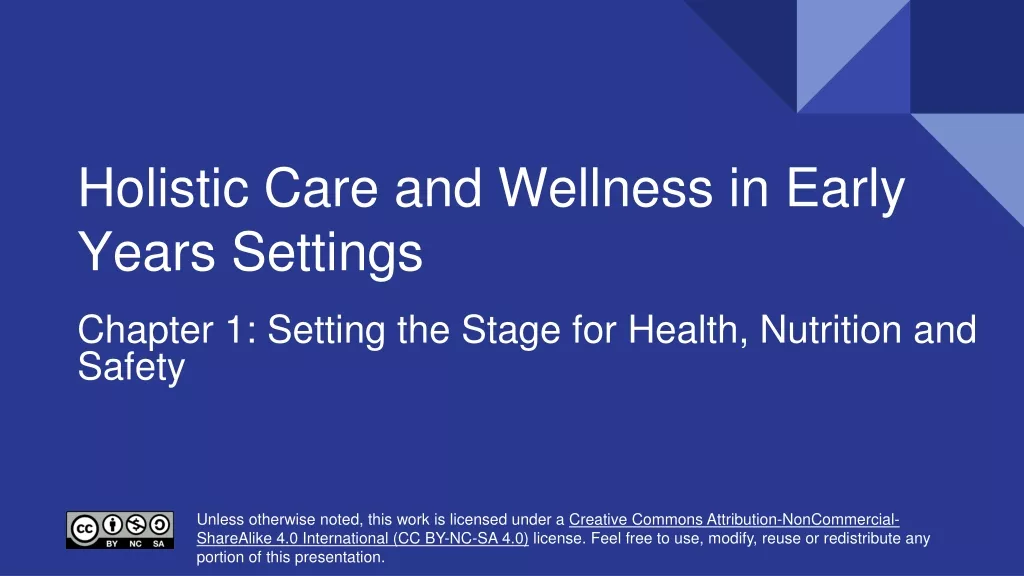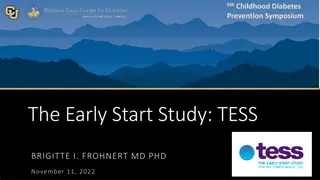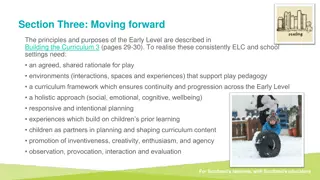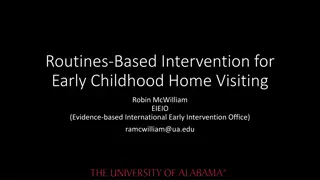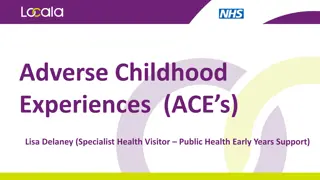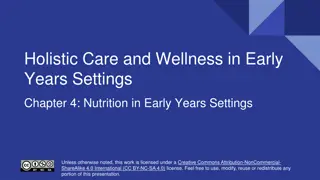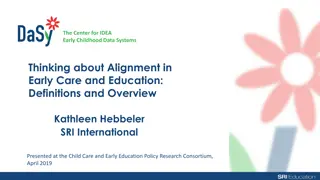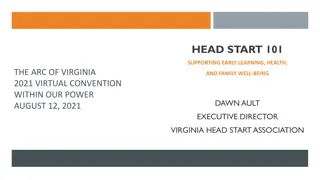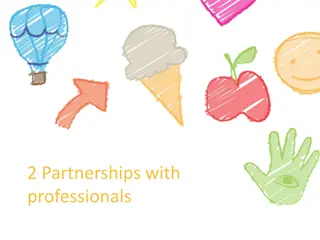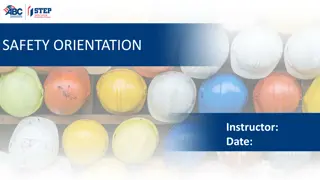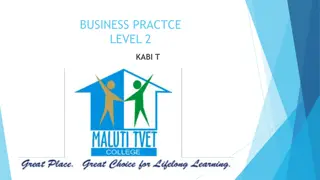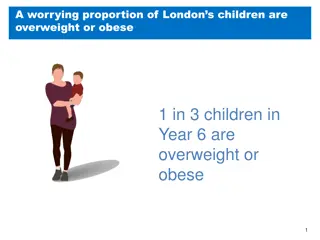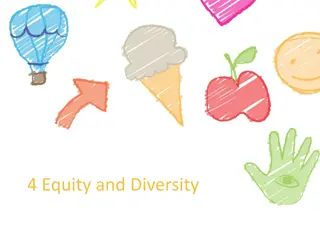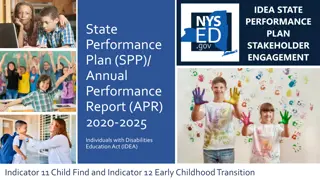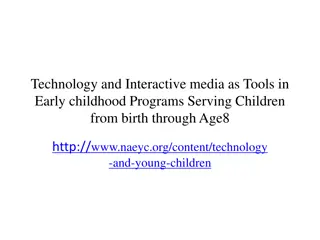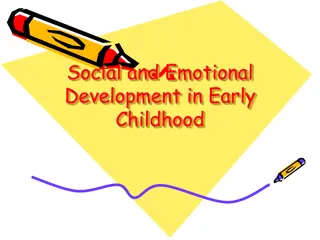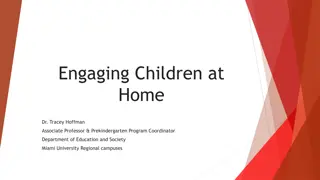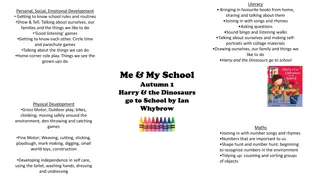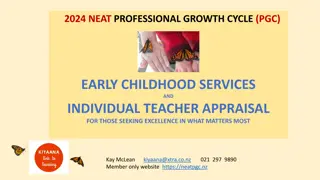Early Childhood Safety and Health Practices
Explore the fundamental principles of safety in early childhood education, focusing on active supervision strategies, common risks leading to children's injuries, and the impact of growth and development characteristics on health and nutrition. Learn methods to engage families in safety education and the importance of allowing risk play for child development.
Download Presentation

Please find below an Image/Link to download the presentation.
The content on the website is provided AS IS for your information and personal use only. It may not be sold, licensed, or shared on other websites without obtaining consent from the author. Download presentation by click this link. If you encounter any issues during the download, it is possible that the publisher has removed the file from their server.
E N D
Presentation Transcript
Safety, Nutrition, and Health in Early Childhood Education Chapter 2: Safety This work is licensed by Katherine Abba, adapted from Safety, Health, and Nutrition by Jennifer Paris, College of the Canyons under CC BY 4.0. Texas Edition
Course Learning Outcome 2: Describe the basic principles of healthy behavior and guidance practices that influence health promotion, safe practices and disease prevention for young children. Student Learning Outcome 2.1: Examine typical growth and development characteristics of infants, toddlers, preschool-age, and school-age children and how these relate to safety and health practices.
Objectives for Chapter 2 Explain what active supervision is and what it might look like. Discuss how to create a culture of safety. Identify commons risks that lead to injury in children. Describe how understanding injuries can help create a safety plan that prevents future injury. Summarize strategies teachers can use to help children learn about and protect their own safety. Recall several ways to engage family in safety education. Analyze the value of allowing risk play.
Active Supervision What does active supervision look like? What are the 6 strategies suggested in the text for active supervision? List them here:
Growth and Development Characteristics Early childhood educators should be familiar with the growth and development characteristics for each age. Use the milestones for each age group, found in the Appendix , to inform your answers to these questions. How does this knowledge influence a child s health, safety and nutrition? How does this knowledge influence the teacher in the area of children s health, safety and nutrition?
Active Supervision for Infants and Toddlers Typical Development Milestones to consider for safety: Key Components (describe at least 3)
Active Supervision for Preschool Typical Development Milestones to consider for safety: Key Components (describe at least 3)
Active Supervision for School Age Children (5-8 years old) Typical Development Milestones to consider for safety: Key Components (describe at least 3)
Specific Risks for Injury Child injuries are preventable, yet 8,110 children (from 0-19 years) died from injuries in the US in 2017. Car crashes, suffocation, drowning, poisoning, fires, and falls are some of the most common ways children are hurt or killed. (https://webappa.cdc.gov/sasweb/ncipc/mortrate.html) Examine the types of injury and the prevention tips for each. How can you involve families in these prevention tips?
Safety precautions in child care centers https://hhs.texas.gov/sites/default/files/documents/doing-business-with- hhs/provider-portal/protective-services/ccl/min-standards/chapter-746- centers.pdf (see p. 145) What are the ratios of adult to children for each age group? How do you think this ratio related to safety?
Safety Rules for Children The purpose of safety rules and guidance is to promote awareness and encourage developmentally appropriate behavior to prevent injury. Limit the number of rules but be consistent Have developmentally appropriate safety expectations State rules in a positive manner. For example, Instead of saying Don t run in the hallway , you can say: __________(fill in the blank)_________________________________________
Strategies to help preschoolers learn safety What are 3 strategies you can use in a preschool class to help children learn about safety? 1. 2. 3. **Use teachable moments; remind children during real safety situations!
Adults must remember: Keep in mind children s level of cognitive development, young children may not always be able to consistently identify dangerous situations. They may understand some safety consequences. Ultimately, adults must be responsible for their safety. Young children often act impulsively Keep rules simple and use signs/gestures, visual and verbal reminders Practice safety scenarios whenever possible. For example, how can you practice safety when crossing the street?




